In recent quality audits, water dispersion irregularities and jet scattering anomalies have become a recurring concern in oral irrigator systems. While consumers may initially tolerate these issues, the long-term impact on cleaning effectiveness, component durability, and user satisfaction cannot be ignored. Are these symptoms merely surface-level flaws, or do they signal deeper design or manufacturing challenges?
Water dispersion refers to the uncontrolled or non-uniform spreading of the water stream once it exits the nozzle. In precision-based devices such as dental irrigators, consistent flow is critical. When dispersion occurs, the water loses its directional focus, resulting in reduced impact pressure and ineffective debris removal.
Jet scattering typically accompanies water dispersion, manifesting as unpredictable or divergent spray paths. This may stem from several factors:
Such deviations can severely compromise a product’s perceived quality, especially in B2B scenarios involving dental professionals or healthcare retailers. Company web: https://www.powsmart.com/product/electric-toothbrush/
In many OEM/ODM designs, aesthetic nozzle shaping or overly compact dimensions may unintentionally increase the risk of jet scattering. It’s crucial to balance form with function—ensuring nozzle geometry is both ergonomic and fluid-optimized.
Even minor inconsistencies in injection molding or ultrasonic welding at the nozzle-head junction can create internal variances that alter flow dynamics. Tightening assembly tolerances and adopting in-line flow calibration during QC stages can significantly reduce jet scattering incidents.
While design and manufacturing account for a significant portion of these malfunctions, end-user cleaning and maintenance also play a role. Lack of descaling or improper storage can exacerbate water dispersion over time. B2B customers should consider including maintenance accessories or educational inserts as part of OEM packages.
So, is the combination of water dispersion and jet scattering fixable? Yes—but only with a systemic approach. Improvements across nozzle engineering, fluid channeling design, and QC protocols are essential. At the same time, clear communication to users on care practices helps maintain optimal performance throughout the product lifecycle.
Conclusion
Water dispersion and jet scattering are not just cosmetic issues—they signal potential gaps in design validation, fluid simulation, and process control. With proper corrective action, B2B manufacturers can not only eliminate these flaws but also elevate brand reliability in a highly competitive market. Contact us
.jpg)
.jpg)
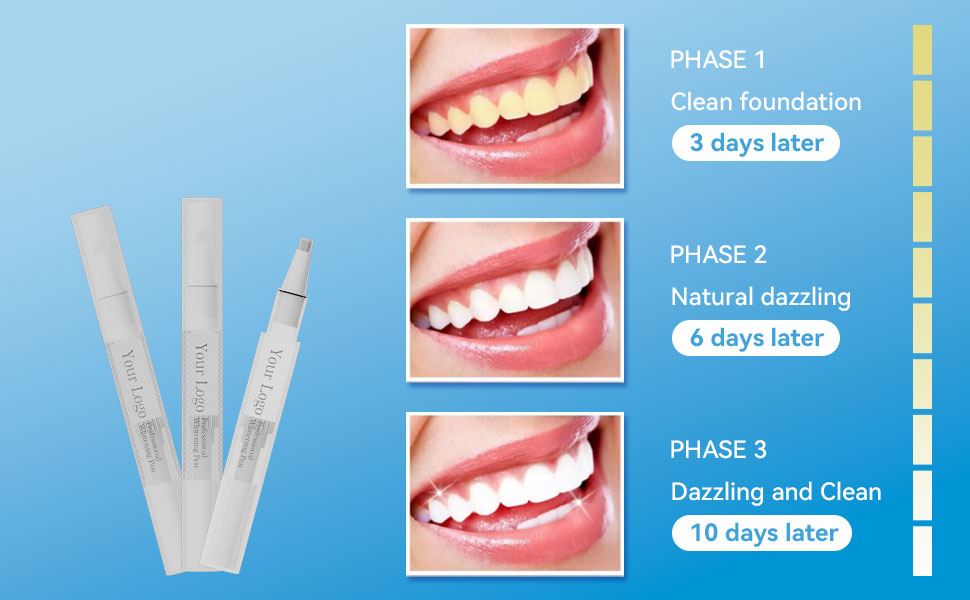
Some Common Problems of Teeth Whitening and Solutions

What is the general lifespan of electric toothbrush
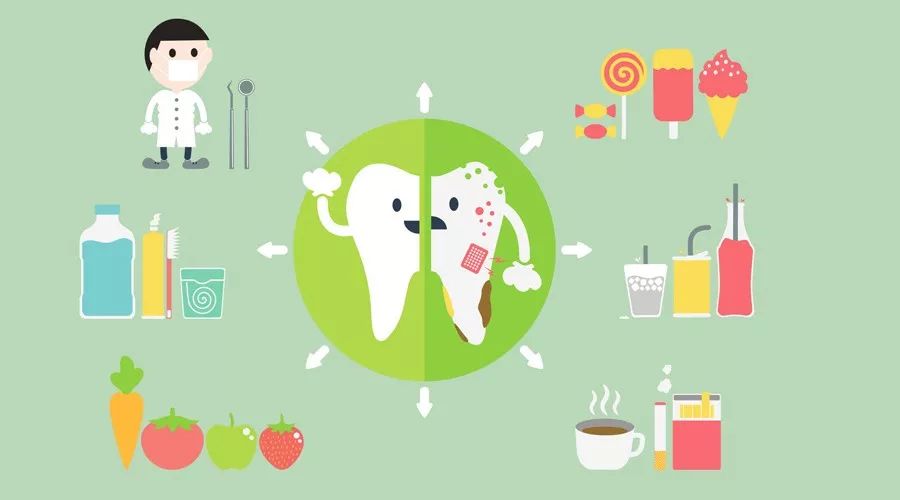
What Are Some Eating Habits That Are Bad for Your Dental Health?
-1.jpg)
Does Premium Rose Gold Gift Toothbrush Cause Mode Confusion?

The Higher the Frequency of the Electric Toothbrush, the Better the Cleaning Ability?
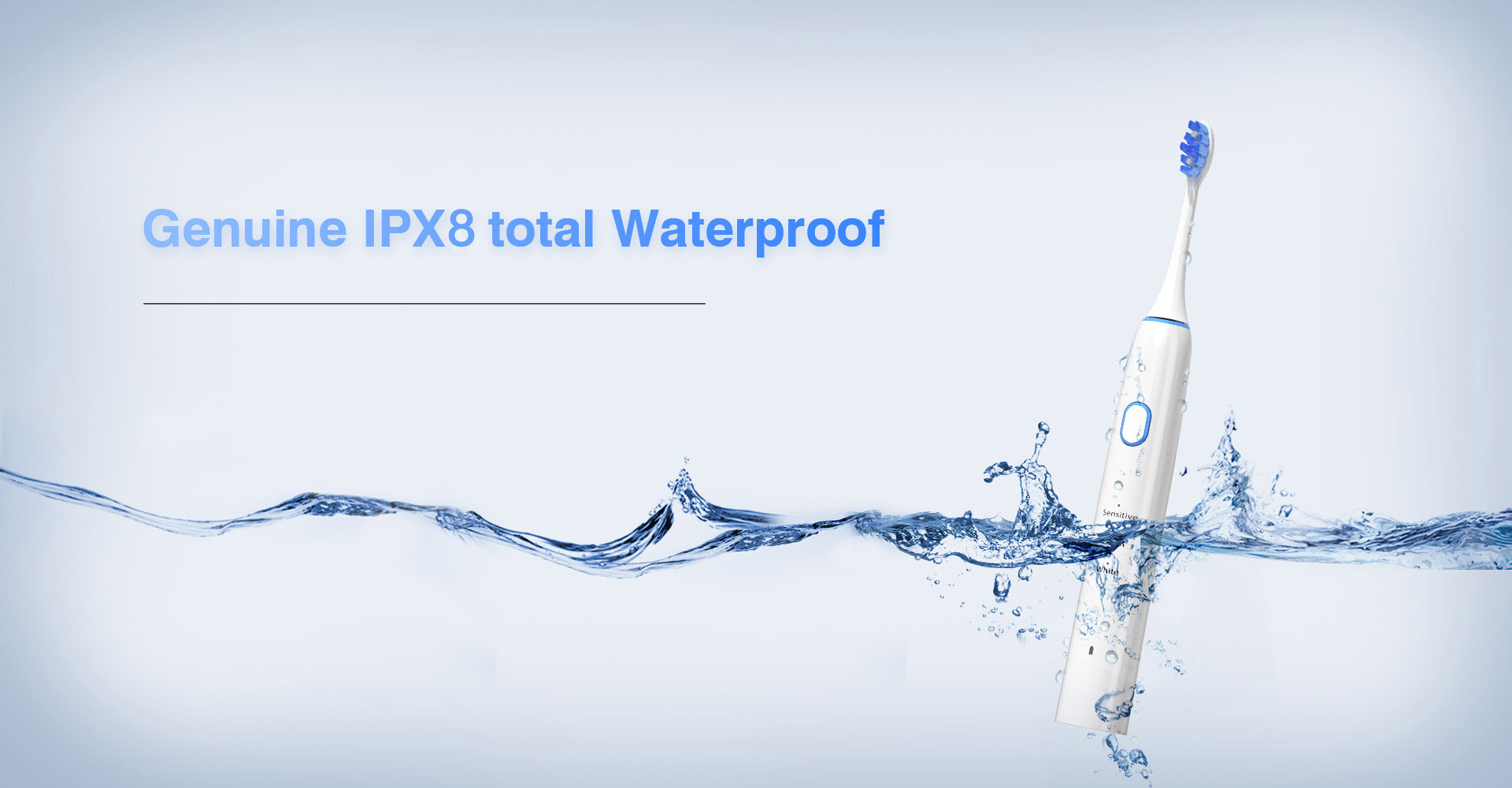
New Trends in the Electric Toothbrush Industry: How Can Intelligent Connectivity Enable Brand Premium?

Customizing Family Oral Care Systems: OEM Solutions for Home Dental Health
Is Your Whitening Inefficiency Caused by Low-Quality Teeth Whitener Nano Coating?

Key Selling Points That Make Water Flossers Stand Out
Can Charging Base Instability Worsen Whitening Inefficacy?

How to choose water flosser: Oral irrigator buying guide

Best Electric Toothbrush for Outdoor Enthusiasts – Durable & Waterproof OEM Options
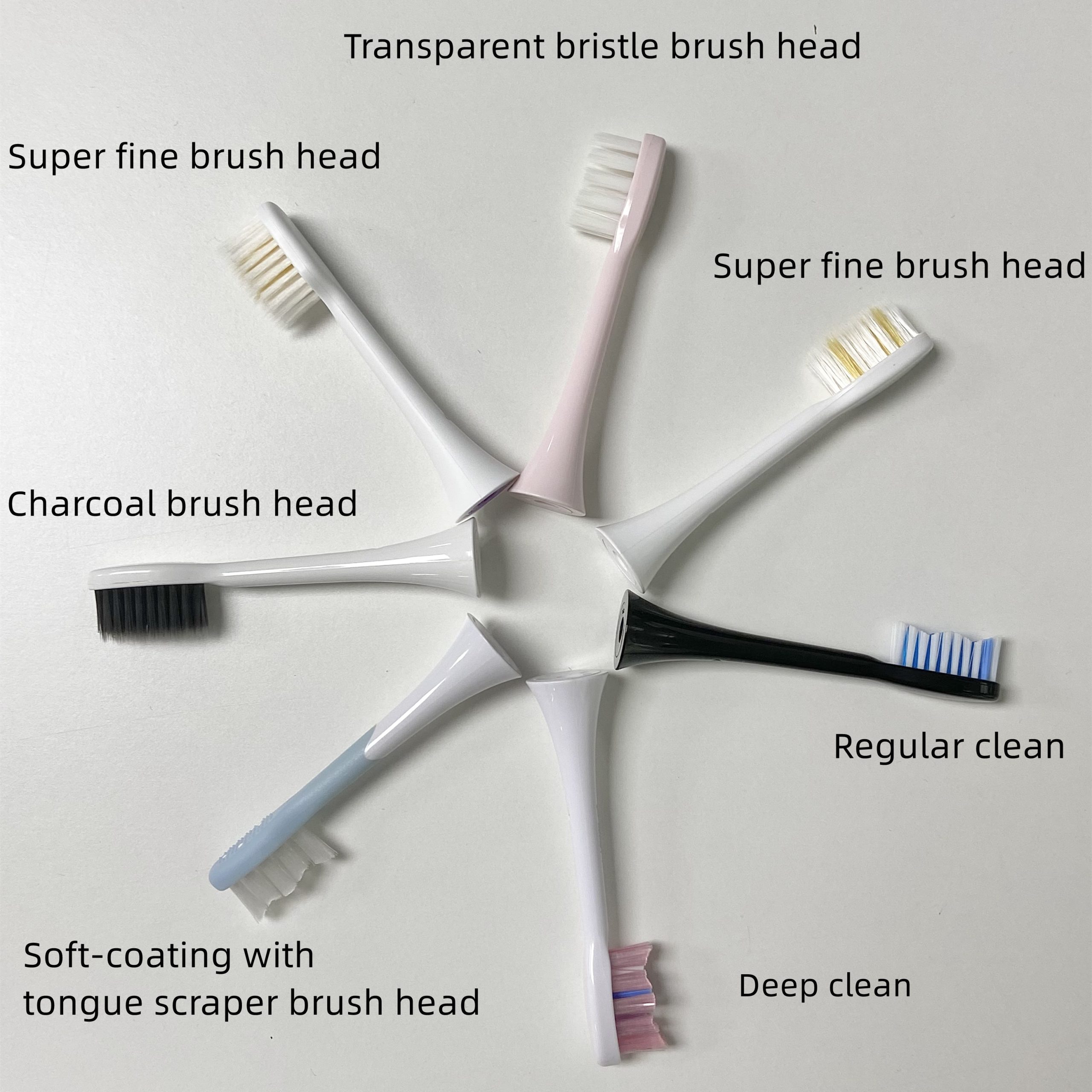
Is It Necessary to Replace the Brush Head of the Electric Toothbrush in 3 Months?
Is Your Kids’ Electric Toothbrush Too Loud?
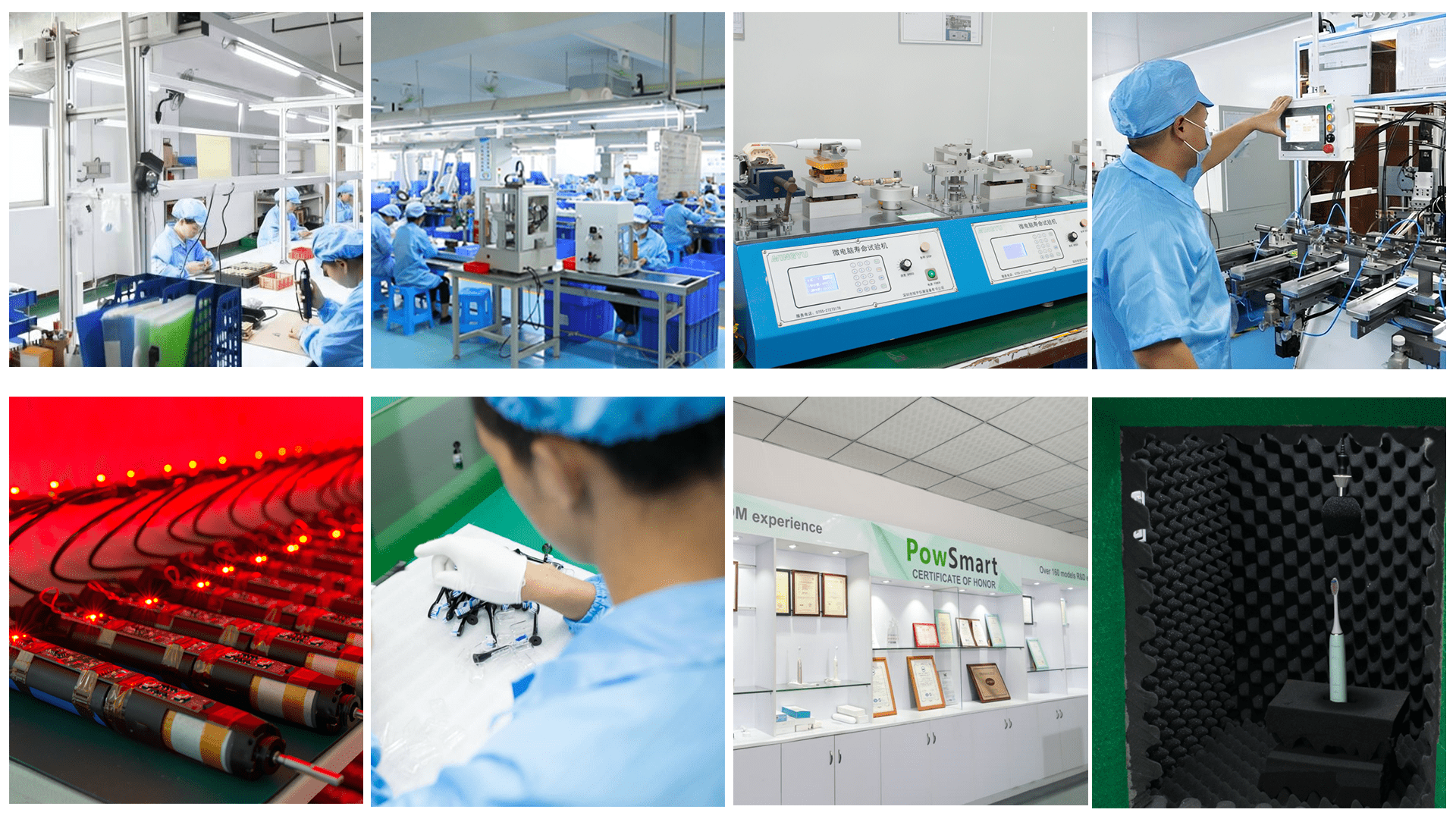
How does a sonic toothbrush work?
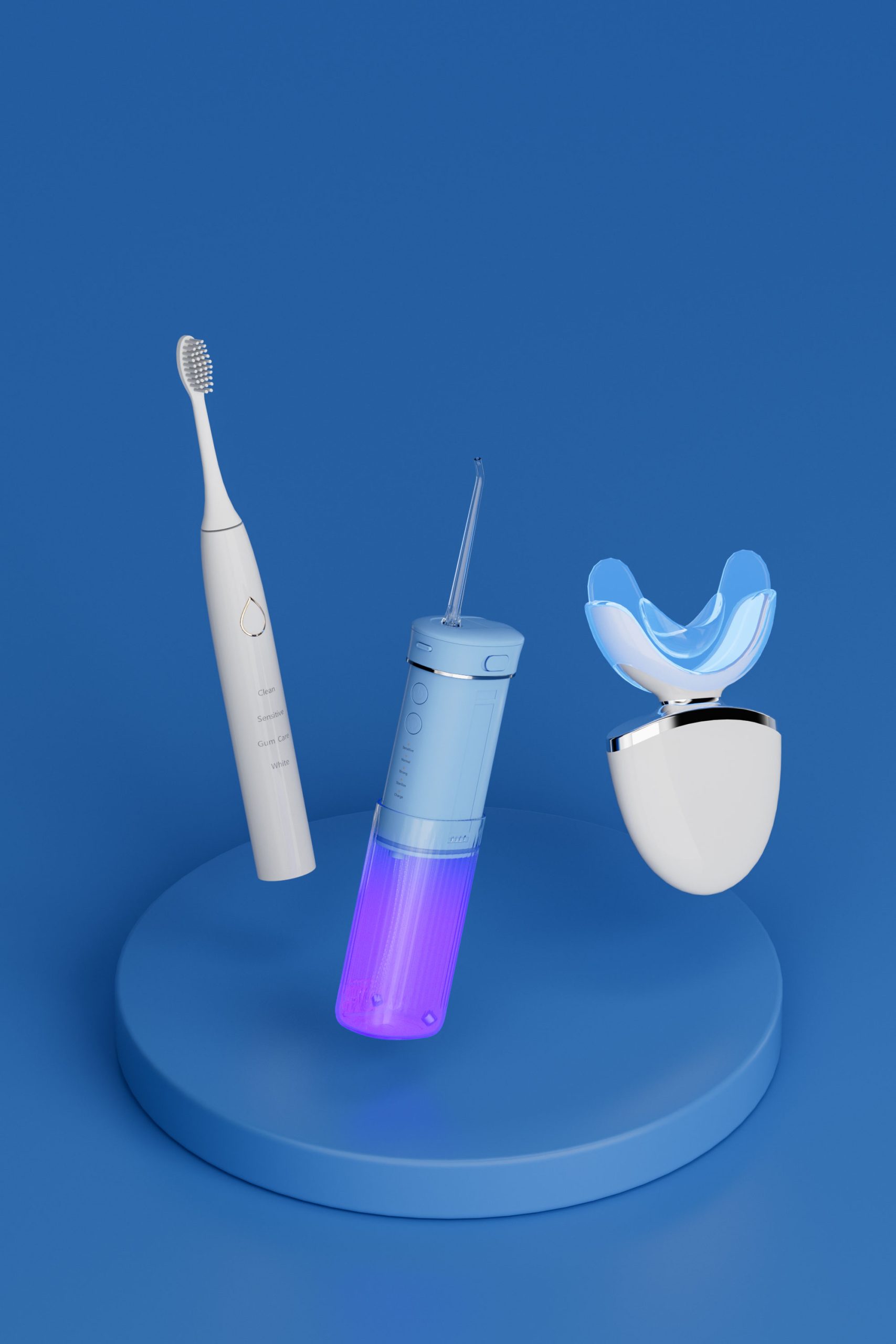
Why a Hindi brushing guide is essential for your First-time user guide
.jpg)
Florida Electric Toothbrush – Powsmart PTR-C8

electric toothbrush heads Ultra Soft

Private Label Whitening Gel

electric toothbrush heads Regular Clean

electric toothbrush heads Charcoal Infuse-Round

Electric toothbrush heads Charcoal Infused-Diamond

Customization Teeth Whitening Gel

electric toothbrush heads Deep Clean